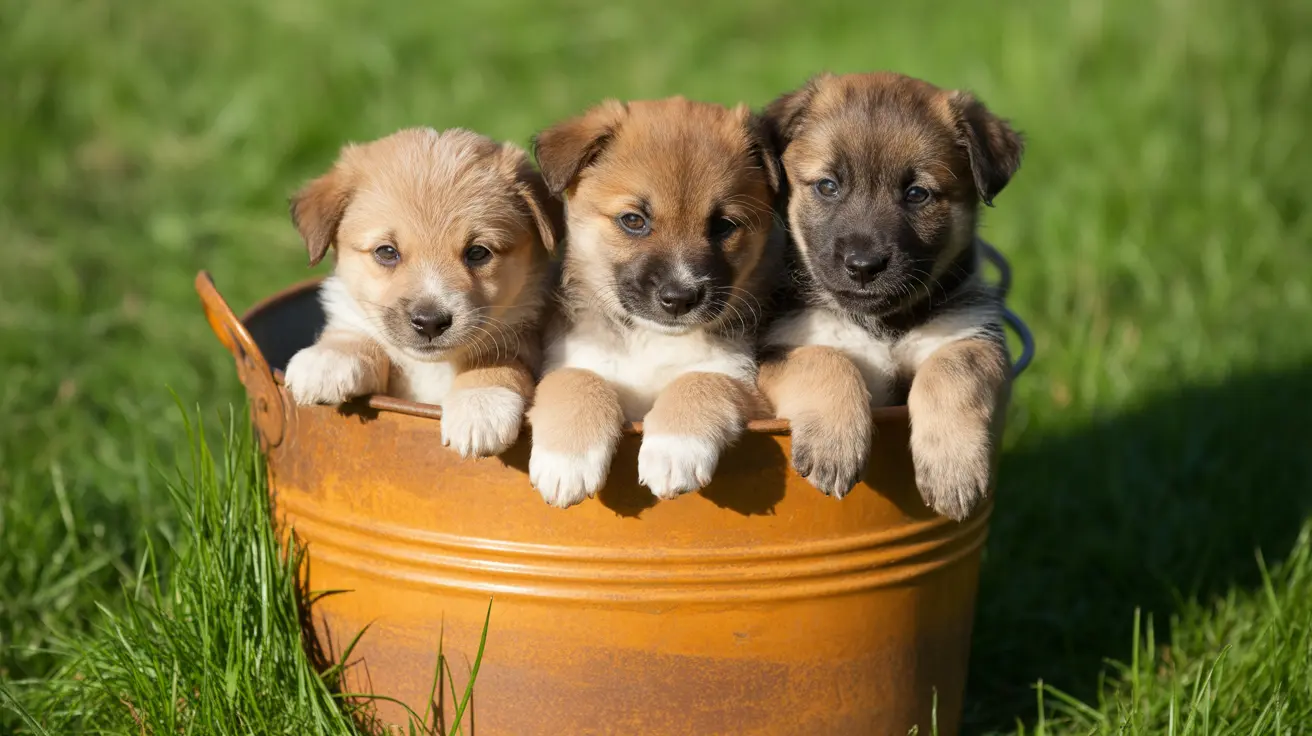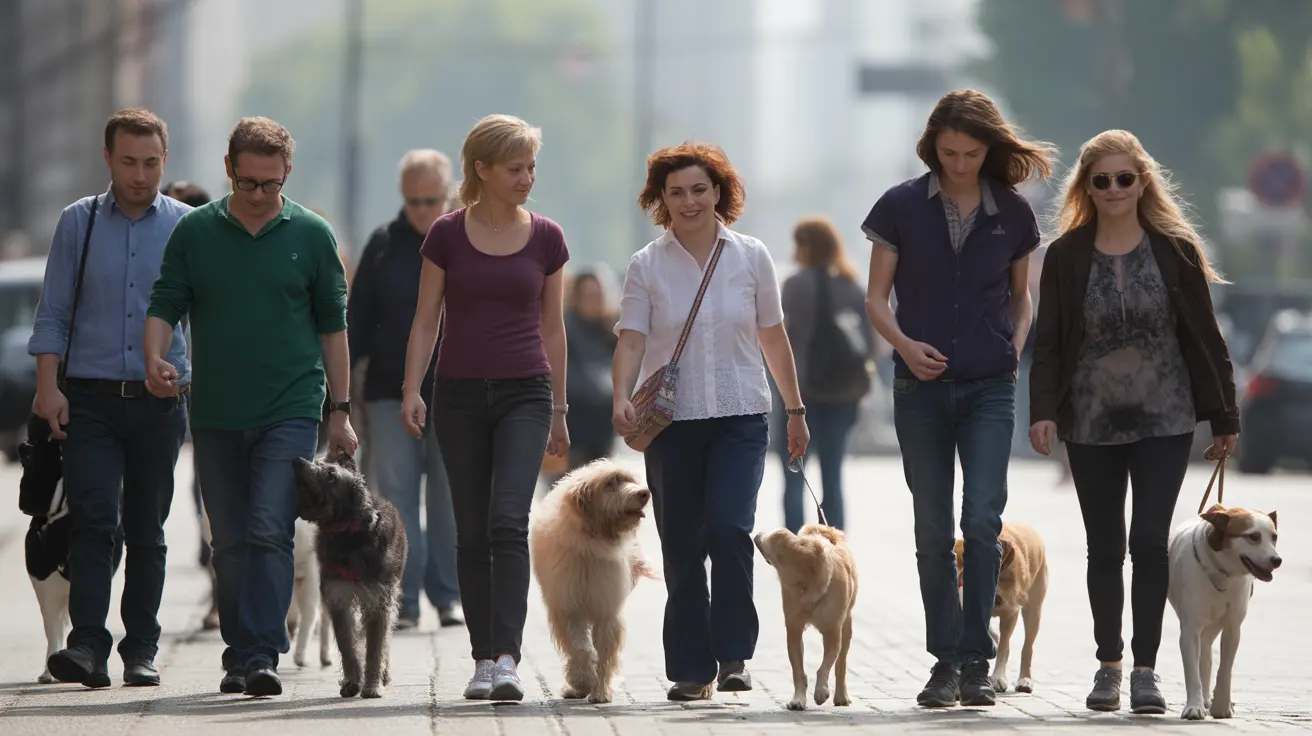Is It Normal for Dogs to Breathe Heavily While Lying Down?
Many dog owners become concerned when they notice their pets breathing heavily while lying down. While some breathing changes are perfectly normal, others may point to underlying health concerns. Understanding the various causes and knowing when to seek veterinary care is essential to ensure your dog's well-being.
Normal Reasons for Heavy Breathing
- Panting for Thermoregulation: Dogs do not sweat like humans. Instead, they pant to regulate their body temperature. You'll often see quick, heavy breathing in warm temperatures or after activity.
- Post-Exercise: After playing or walking, a dog may breathe heavily to replenish oxygen levels and cool down.
- Excitement or Stress: Emotional triggers such as greeting a loved one or encountering a stressful situation can prompt rapid breathing.
- REM Sleep: During deep sleep, particularly REM (Rapid Eye Movement) sleep, dogs may breathe faster, twitch, or show slight movement. This is commonly associated with dreaming and is not usually cause for concern.
When Heavy Breathing Is Abnormal
Persistent or unexplained heavy breathing while your dog is at rest or lying calmly can be a sign of a more serious issue. Watch for additional symptoms such as lethargy, coughing, or gum discoloration.
Common Medical Causes of Heavy Breathing
- Heart Disease: Conditions like congestive heart failure can cause fluid accumulation in the lungs, making breathing difficult.
- Respiratory Infections: Illnesses such as pneumonia or bronchitis often result in coughing, nasal discharge, and fever alongside rapid breathing.
- Airway Obstructions or Malformations: This is common in brachycephalic breeds like pugs and bulldogs, which may struggle with restricted airflow.
- Pain or Injury: Any trauma or internal discomfort can lead to abnormal respiration rates.
- Heatstroke: Excessive panting is an early warning sign. Look for symptoms like bright red gums, vomiting, or collapse.
- Anxiety and Stress: Chronic stress or acute anxiety attacks can result in rapid, shallow breathing.
- Serious Pulmonary Conditions: Diseases like lung cancer, pulmonary edema, or tracheal collapse significantly affect respiratory function.
- Other Emergencies: Poisoning, severe allergic reactions, or systemic diseases such as Cushing’s may also present through irregular breathing.
Warning Signs That Warrant Veterinary Attention
- Breathing using stomach muscles or labored effort
- Pale, blue, purple, or brick-red gums
- Excessive drooling
- Unusual breathing sounds like wheezing or coughing
- Inactivity, weakness, or reluctance to move
- Changes in appetite or drinking patterns
How to Monitor Your Dog’s Breathing
To check your dog’s respiration rate, count their breaths for 15 seconds while they are resting or sleeping, then multiply by four. A normal resting rate ranges from 10 to 35 breaths per minute, with smaller breeds and puppies typically at the higher end.
If your dog’s breathing consistently exceeds 30–40 breaths per minute while at rest and is accompanied by any other concerning signs, consult a veterinarian immediately.
Diagnosis and Treatment
Veterinarians diagnose respiratory problems through a mix of physical exams and diagnostic tools, including X-rays, blood panels, and possibly ultrasounds or EKGs. Based on the findings, treatment could involve:
- Antibiotics or antivirals for infections
- Medications for heart or lung conditions
- Pain management
- Oxygen therapy
- Behavioral therapy for anxiety-driven breathing issues
Preventive Care for Healthy Breathing
- Maintain your dog’s healthy weight
- Provide regular exercise suited to its breed and age
- Ensure constant access to fresh water
- Prevent overheating during hot weather
- Schedule routine veterinary check-ups and vaccinations
- Monitor breeds with known respiratory issues closely
When to Worry
If your dog is breathing quickly but is calm and recently exercised, it may simply be cooling off. However, if you notice unprovoked and prolonged heavy breathing or see any additional symptoms, it's best to err on the side of caution and visit a veterinarian.
Early diagnosis and treatment can significantly improve outcomes for dogs experiencing respiratory distress. Always trust your instincts—if something seems unusual with your pet’s breathing, professional guidance is only a call away.





